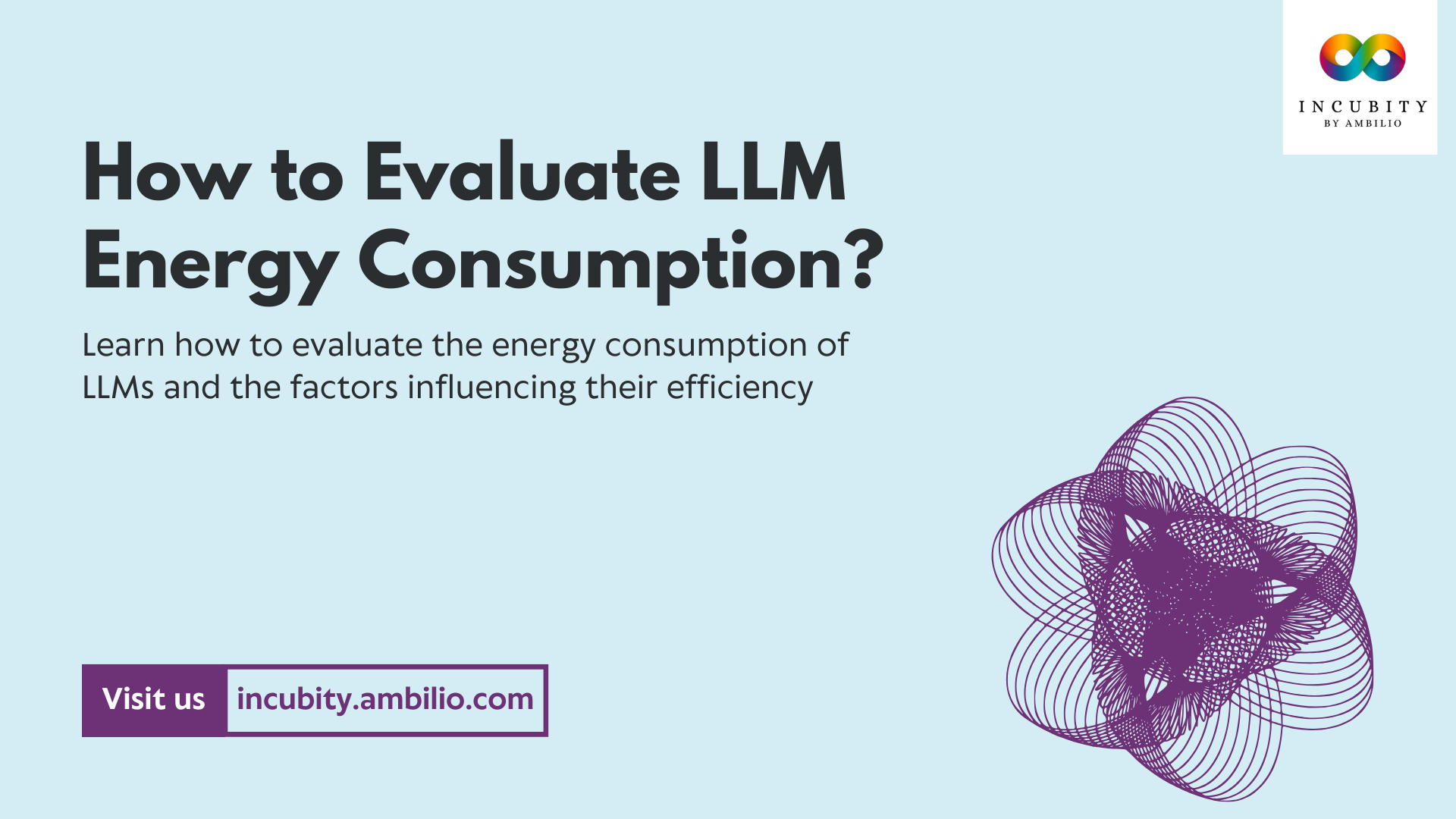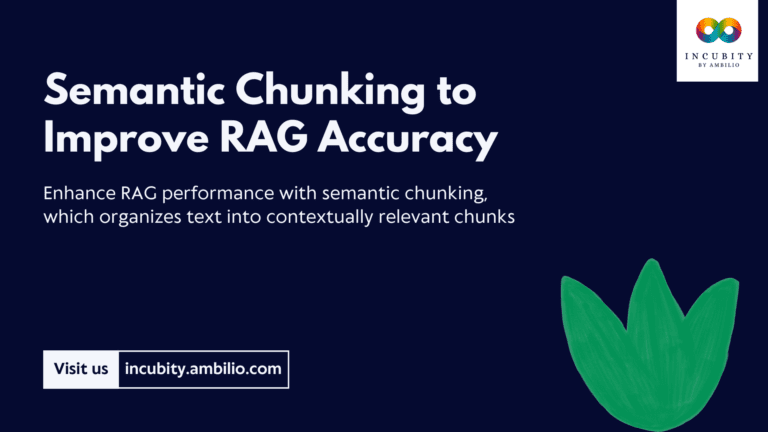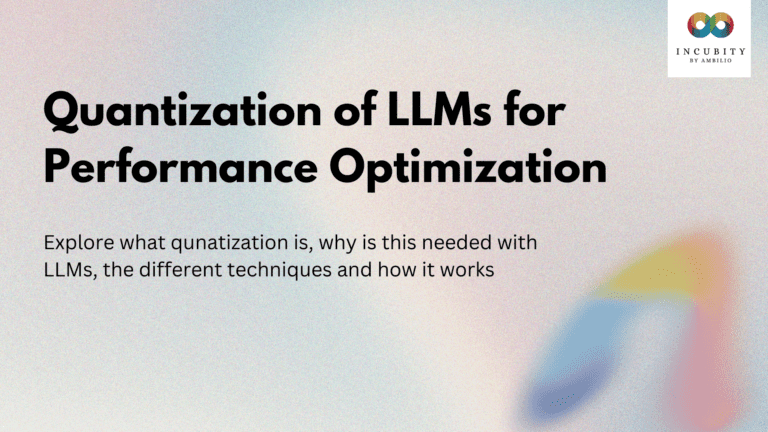As Large Language Models (LLMs) continue to grow in size and sophistication, their energy consumption has become a significant concern. The environmental impact of training and deploying these models, especially when they scale into hundreds of billions of parameters, is substantial. To manage this growing concern, it is critical to evaluate LLM energy consumption across various phases of development, including training and inference. By understanding the factors that influence energy use, we can make more informed choices to minimize the ecological footprint of LLMs. This article will explore the methodologies, tools, and key factors involved in assessing LLM energy consumption, along with real-world examples.
Why Evaluate LLM Energy Consumption?
The energy requirements for training and using LLMs have surged in recent years due to their exponential growth in model size and computational complexity. For example, GPT-3, with 175 billion parameters, consumed roughly 1,287 megawatt-hours (MWh) of electricity during training, which is enough to power an average household for over 120 years. Given such large figures, assessing energy consumption isn’t just a technical exercise—it is an ethical responsibility for organizations that deploy these models.
Understanding the energy consumption of LLMs helps us:
- Reduce environmental impact: LLMs contribute to carbon emissions, especially when hosted in data centers powered by non-renewable energy.
- Optimize costs: Reducing energy use lowers operational expenses for businesses that rely on LLMs.
- Improve efficiency: Insights gained from energy evaluation can lead to the development of more energy-efficient models and algorithms.
Key Factors Influencing LLM Energy Consumption
Evaluating LLM energy consumption involves looking at various factors that contribute to the overall power requirements of training and inference phases.
1. Model Size
One of the most significant factors affecting energy consumption is the number of parameters in the LLM. Larger models require more energy for both training and inference. For example, GPT-3 with 175 billion parameters consumed approximately 1,287 MWh during training, whereas GPT-2, with only 1.5 billion parameters, used significantly less energy.
Real-World Example:
Consider GPT-3, one of the most well-known LLMs. Its massive energy consumption during training has raised concerns about the sustainability of developing even larger models. By contrast, GPT-2’s training was far less energy-intensive due to its smaller size. This demonstrates that model size directly influences energy demands, and finding a balance between model performance and energy use is crucial.
2. Computational Resources
The hardware used to train and deploy LLMs also plays a critical role in energy consumption. High-performance GPUs like NVIDIA A100 and Tensor Processing Units (TPUs) are commonly used to train these models. The type of hardware, the number of devices, and their configuration determine how much energy is consumed during the process.
Example:
For instance, training a model on TPUs might offer faster processing times but at the cost of higher energy consumption compared to traditional GPUs. The use of highly specialized hardware like NVIDIA A100 can optimize computation, but it often requires more energy due to the sheer scale of operations needed to train large models.
3. Training Duration
The length of time taken to train a model is another major factor affecting energy consumption. Larger datasets and more complex models naturally require longer training times, resulting in increased power usage.
Example:
Training BERT (Bidirectional Encoder Representations from Transformers), another popular model, takes several days or even weeks depending on the scale of the dataset and model configuration. This extended training period results in substantial energy use over time.
4. Infrastructure Efficiency
The data center infrastructure where the LLM is trained also impacts energy consumption. Metrics like Power Usage Effectiveness (PUE) are used to measure how efficiently data centers consume energy. A more efficient data center consumes less energy for cooling and other non-computational activities, leaving more power for actual model training.
5. Algorithmic Efficiency
The algorithms used for training and inference directly influence the computational resources required, which in turn affects energy consumption. More efficient algorithms can reduce the number of computations needed, cutting down energy use.
Example:
OpenAI has been exploring new training algorithms that reduce the amount of computation required without compromising model performance. These algorithmic optimizations are key to reducing the overall energy footprint of large models.
6. Data Preprocessing
Although often overlooked, the process of preparing data for training LLMs also consumes energy. This involves cleaning, transforming, and organizing large datasets, which can take significant computational power. However, the energy use in this phase is typically much lower than the training process itself.
Tools and Frameworks for Evaluating LLM Energy Consumption
Several tools and frameworks have been developed to assess and optimize the energy consumption of LLMs. These tools provide insights into the energy efficiency of various models, allowing organizations to make informed decisions regarding their use.
1. ML.ENERGY Leaderboard
Developed by researchers at the University of Michigan, the ML.ENERGY Leaderboard allows users to compare the energy consumption of different open-source LLMs. This platform helps researchers and developers understand which models are more energy-efficient by providing performance metrics alongside energy use during inference.
2. Zeus Framework
Zeus is an open-source toolbox designed to measure and optimize the energy consumption of deep learning models. It can measure real-time energy usage during training and also offers options to optimize model configurations for reduced energy consumption. Zeus helps developers reduce the environmental footprint of their models by making targeted optimizations.
3. EnergyMeter
EnergyMeter is a Python tool used to evaluate the energy consumption of LLMs in real-world settings. This straightforward tool provides valuable insights into how much energy a model consumes during operation, making it easier for developers to assess the efficiency of their models.
Metrics for Measuring LLM Energy Consumption
To evaluate the energy consumption of LLMs effectively, specific metrics are used to quantify the energy use in different phases of model development.
1. Energy per Token
This metric estimates the amount of energy consumed per token generated by the model during inference. It is particularly useful for comparing the energy efficiency of different LLMs during inference. Smaller, more optimized models typically consume less energy per token, making them more energy-efficient choices for deployment.
2. Total Energy Consumption
This metric sums up the energy consumption during all phases—training, inference, and evaluation—to provide a comprehensive picture of the model’s energy footprint. For example, a 7-billion-parameter model might consume around 55.1 MWh when accounting for all stages of development.
3. Carbon Emissions
Another important aspect is to assess the carbon emissions associated with LLM energy consumption. For instance, the energy used for training GPT-3 was estimated to produce several hundred metric tons of carbon dioxide, depending on the energy source used by the data center.
Real-World Examples of LLM Energy Consumption
The energy consumption of large language models (LLMs) like GPT-4, LLaMA, and Mistral varies significantly based on their size and architecture.
GPT-4
- Training Energy Consumption: GPT-4, with an estimated 280 billion parameters, required approximately 1,750 MWh of energy to train. This is equivalent to the annual energy consumption of around 160 average American homes.
- Inference Energy Consumption: It’s estimated that GPT-4 consumes around 0.0005 kWh of energy per query. If GPT-4 handles 10 million queries per day, its daily energy consumption would be 5,000 kWh, which could power about 170 average American homes for a year.
LLaMA
- Energy Consumption: For a 7 billion parameter LLaMA model, the estimated energy consumption for serving 1 million users is approximately 55.1 MWh. This highlights the substantial energy requirements associated with even smaller models in the LLaMA series.
Mistral
- Energy Efficiency: The Mistral-7B model is designed with energy efficiency in mind, emphasizing environmentally conscious AI advancements. While specific numerical values for its total energy consumption were not provided, it is engineered to minimize its energy footprint compared to larger counterparts.
- Operational Context: The Mistral-7B model’s architecture allows it to perform efficiently even on modest compute infrastructures, which is beneficial for organizations looking to balance performance with energy costs.
In summary, larger models like GPT-4 consume significantly more energy during training and inference compared to smaller models such as LLaMA and Mistral. However, the energy-efficient design of the Mistral-7B model demonstrates the potential for optimizing energy consumption in AI technologies.
Final Words
Evaluating LLM energy consumption is crucial for ensuring the sustainability of AI advancements. By considering factors like model size, computational resources, training duration, and infrastructure efficiency, developers and researchers can better manage the environmental impact of LLMs. Tools like ML.ENERGY, Zeus, and EnergyMeter provide valuable insights, while metrics like energy per token and total energy consumption help quantify the overall footprint. As LLMs continue to evolve, optimizing their energy consumption will become even more critical in balancing performance with environmental responsibility.







